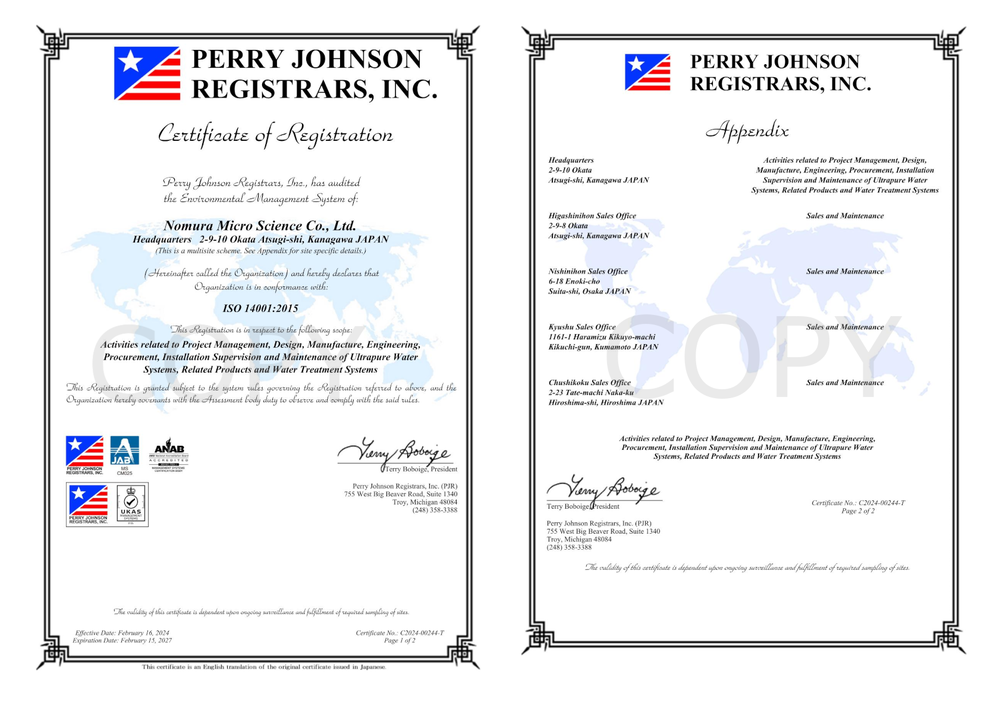

Strategy
Strategy
Based mainly on the International Energy Agency (IEA) Stated Policies Scenario (STEPS) and Sustainable Development Scenario (SDS) and the UN Intergovernmental Panel on Climate Change (IPCC) RCP 2.6 (2°C scenario) and RCP 8.5 (4°C scenario), we analyzed and assessed the risks and opportunities, as well as the financial impacts, of our business operations for the years 2030 and 2050, and examined the following measures to address climate change.
【Risks and opportunities arising from climate change】
 :Financial impact is expected to significant
:Financial impact is expected to significant
 :Financial impact is expected to be extremely significant
:Financial impact is expected to be extremely significant
| Possible risks | Impact on business | Degree of impact |
||
|---|---|---|---|---|
| Climate change response measures | ||||
|
Transition Risks |
Policies / Regulations |
|
|
 |
|
|
||||
|
|
|
 |
||
|
|
||||
|
Technologies / Markets |
|
|
 |
|
|
|
||||
|
Physical Risks |
Acute |
|
|
 |
|
|
||||
|
Opportunities |
Products / Risks |
|
|
 |
|
|
||||
In our scenario analyses, we assessed that the financial impact of a decline in the sales of conventional products (risks) due to “replacement of existing products/services with low-carbon alternatives” and “changes in consumption behavior associated with an increase in environmentally conscious companies” would be extremely significant. As a result, we recognized that our most important issue is to help realize a carbon neutral society by controlling greenhouse gas emissions through the water treatment equipment that we manufacture. We also believe that taking appropriate action on this critical issue will lead to the opportunity of “developing low-carbon products/services through R&D and innovation, and thus expanding sales,” and we have incorporated some of the response measures into the sales strategy in our company’s Medium-term Management Plan (HiPES – 2023).
In scenario analyses, we conduct materiality assessments and financial impact analyses by referring to scenarios disclosed by government agencies and research institutes as shown in the table below.
- ■ IEA, “World Energy Outlook 2020” (2020)
- • Stated Policies Scenario (STEPS) / • Sustainable Development Scenario (SDS)
- ■ IPCC, “AR5”
- • RCP 2.6 (2°C scenario) / • RCP 8.5 (4°C scenario)
- ■ Ministry of Health, Labour and Welfare, “Statistics on Pharmaceutical and Medical Device Industry” (2019)
- ■ Semiconductor Equipment Association of Japan, “Market Forecast Report – Semiconductor and FPD Manufacturing Equipment” (2021)
- ■ The Small and Medium Enterprise Agency, “White Paper on Small and Medium Enterprises in Japan” (2019 edition)





